I’m one of millions of home bakers who, after failed attempts at making crusty bread, achieved the impossible with the New York Times’ No-Knead Bread recipephany created by Jim Lahey (owner of Sullivan Street Bakery) and turned viral by Mark Bittman (big-time food writer).
With no special ingredients or equipment, this phenomenal bread essentially makes itself. It has the holey, airy, chewy and crusty goodness of a European-style or Tuscan loaf from a respectable bakery.
We use this for everything, from sandwiches, bread pudding, and bruschetta to (in its last gasp) toasted breadcrumbs. Once a week we stir up the dough after dinner, then bake it the next morning or early afternoon. The toasty aroma and the crackling it makes as it cools raise the cozy quotient of the house, especially during our recent record-breaking snowstorms.
You get a lot of leeway with this technique. The gluten develops into stringy strands during the long rise, and the dough may not care if you shorten or extend the rising time by an hour or two. You can use all purpose flour, but we have found that the bread rises more with bread flour. It’s a little easier to form the dough into a ball. This is because bread flour doesn’t get as sticky with the same amount of water, and creates a dough with a little more structure. But that’s just a wild guess. Sometimes the bread simply comes out better than other times.
But there’s one immutable requirement: an enameled pot with a tight fitting lid, often called a Dutch oven. Don’t ask us for the science, but we think it has something to do with increasing the humidity around the loaf. Happily, you don’t need to put a Le Creuset on your Christmas list. Our white speckled, 13-inch oval black-enamel-over-steel Dutch oven we got decades ago works like a charm, despite its light weight. One just like it (Granite Ware roaster) costs a fraction of what you’d pay for a heavy Dutch oven.
This recipephany feels like a throw-back to neolithic times. We can see early bakers swirling the sticky dough with their hands, then letting it collect wild yeast from the air until it gets bubbly. After they form it into a ball, they leave it to grow high before they plop it into a small stone oven. Whenever they bake it, it’s okay—nobody is watching the sundial.
If you haven’t already seen it, take 5 minutes to view Mark Bittman’s famous New York Times video that upended the baking world. Here is our adaptation of this marvel, which makes a slightly larger loaf than the original. We add just a dash of honey or maple syrup to reward the yeasties for all their labors, since they are the ones saving us the work.
No-Knead Rustic Bread
Special equipment: 3- to 8-quart enameled Dutch oven. Enamel finish keeps the dough from sticking. Ours (in picture) holds only 2 ½ quarts, but its domed lid allows plenty of room for rising.
Mix:
- 3 ½ cups bread flour (or all purpose)
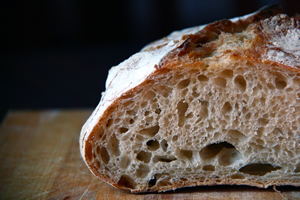
- 1 ½ teaspoons salt
- ½ teaspoon instant yeast (SAF-Instant, from the 1-pound package we freeze to last over a year)
- A drizzle (about a teaspoon) of honey or maple syrup
- 2 tablespoons olive oil (optional)
Add:
1 3/4 – 2 cups water (All purpose flour takes less water.)
1. The evening before. Measure dry ingredients, honey or maple syrup, and olive oil (optional) in a large glass bowl and mix with a dough whisk or wooden spoon. Pour in half the water and stir a few turns. Add the rest of the water and stir until it becomes a mass of sticky, spongy, lumpy dough. If it’s too dry, add a dribble more water. It should grab onto the spoon and not want to give it up. Cover bowl with plastic wrap and let rise for 12-18 hours at room temperature.
2. Morning or early afternoon (you have a lot of leeway here). Dough should be full of bubbles and still a little sticky. Sprinkle a little flour over it, scrape down the sides of the bowl with your hands, and fold dough over on itself gently a couple of times, still in the bowl. To get good oven spring, you need enough surface tension so that it will hold its shape as a loaf.
3. Generously flour a cotton towel (not terry cloth). Adding just enough flour to keep it from sticking, form the dough gently into something like a ball. Put onto the center of towel. Flour top of the dough, and fold the towel over to cover it. Let it rise about 1-1 ½ hours, or until double in size.
4. Meanwhile, about a half-hour before dough is ready, put a 3- to 8-quart covered enameled (necessary to keep the dough from sticking) pot into the oven and preheat to 460 degrees.
5. When dough is ready, take the pot out of the oven and uncover. Quickly invert the cloth and dump the dough into the hot pot. Don’t worry if dough is scraggly or if some has stuck to the towel and you have to break gluteny strands to release it into the pot. If dough doesn’t go in straight, shake the pot a couple of times to better distribute it. It is very forgiving. Slash top with a sharp knife lengthwise to help it crest. Cover and bake 35 minutes.
6. Take off lid and brown another 5-10 minutes or so, depending upon how dark you like your bread.
7. Take out bread and let it cool (and listen to the crackle) for about an hour before cutting. Reheat leftover bread the next day(s) for best flavor and texture.
NOTE: Since we posted this, we took out the instruction “Let it sit for 15 minutes” at the end of Step 2. This rest seems to relax the dough and make it more difficult to form into a ball. We also changed the range of water, since the amount you use depends upon the humidity in the house. In the winter we use more than in the summer. We now recommend slashing the top with a sharp knife, which helps give it a nice crest. We also use a dough whisk we got for a buck at Goodwill. It saves most of the work—cleaning the wooden spoon. We recommend bread flour to get a good chew. And finally, thanks to Leah Greenwald’s suggestion, we drizzle in some olive oil. It adds a little flavor and may keep the bread fresh longer, although we haven’t tested it.

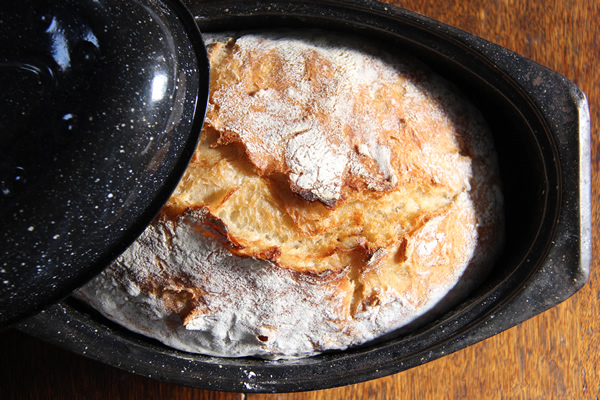

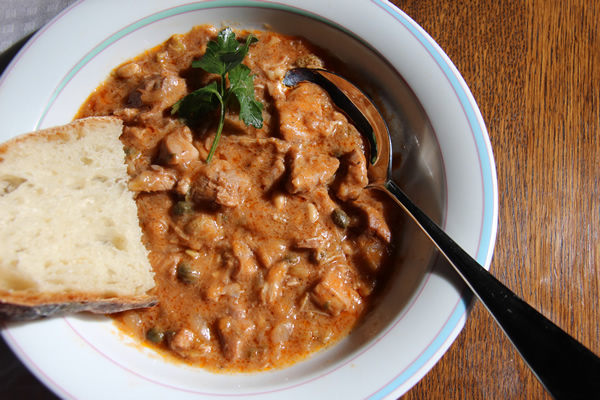
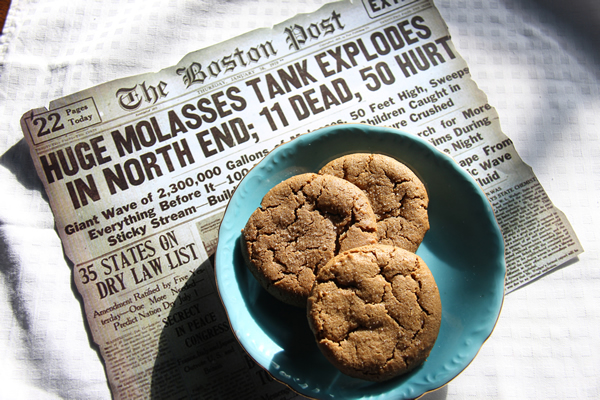


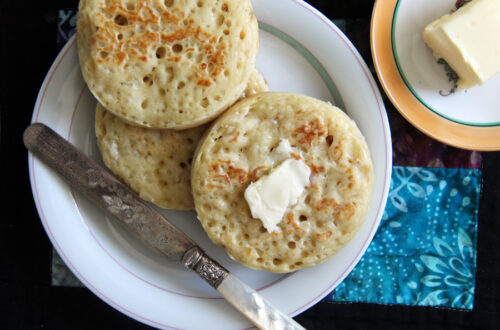
2 Comments
Diane Brody
Leah, sorry I just discovered your comment. Thanks for passing on the insights. I know you have had success with this bread way before I posted it. I bet the sourdough adds great flavor. I’ve been afraid to add oil, but will try it. Thanks, I really appreciate your scientific eye!
Leah
A friend of mine who was trained as a chemist has been tinkering with this recipe ever since I showed it to him. He now uses sourdough starter and some other elements, of which I want to mention two. First, he uses a little sugar (which does the same as the honey, meaning it helps the yeast grow although it doesn’t alter the H20 content). The original recipe didn’t have either– it was flour, salt, water, and yeast, I think. Second he adds 20 grams of olive oil (not sure what that is in volume) which he says adds to the elasticity of the dough and helps the rise and the bubbles.